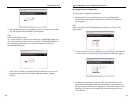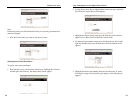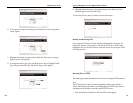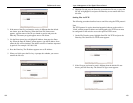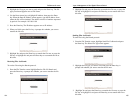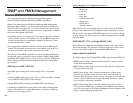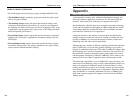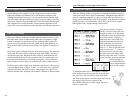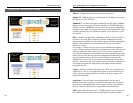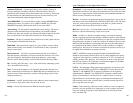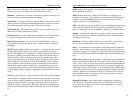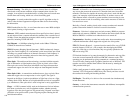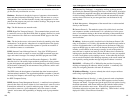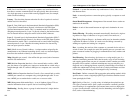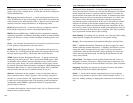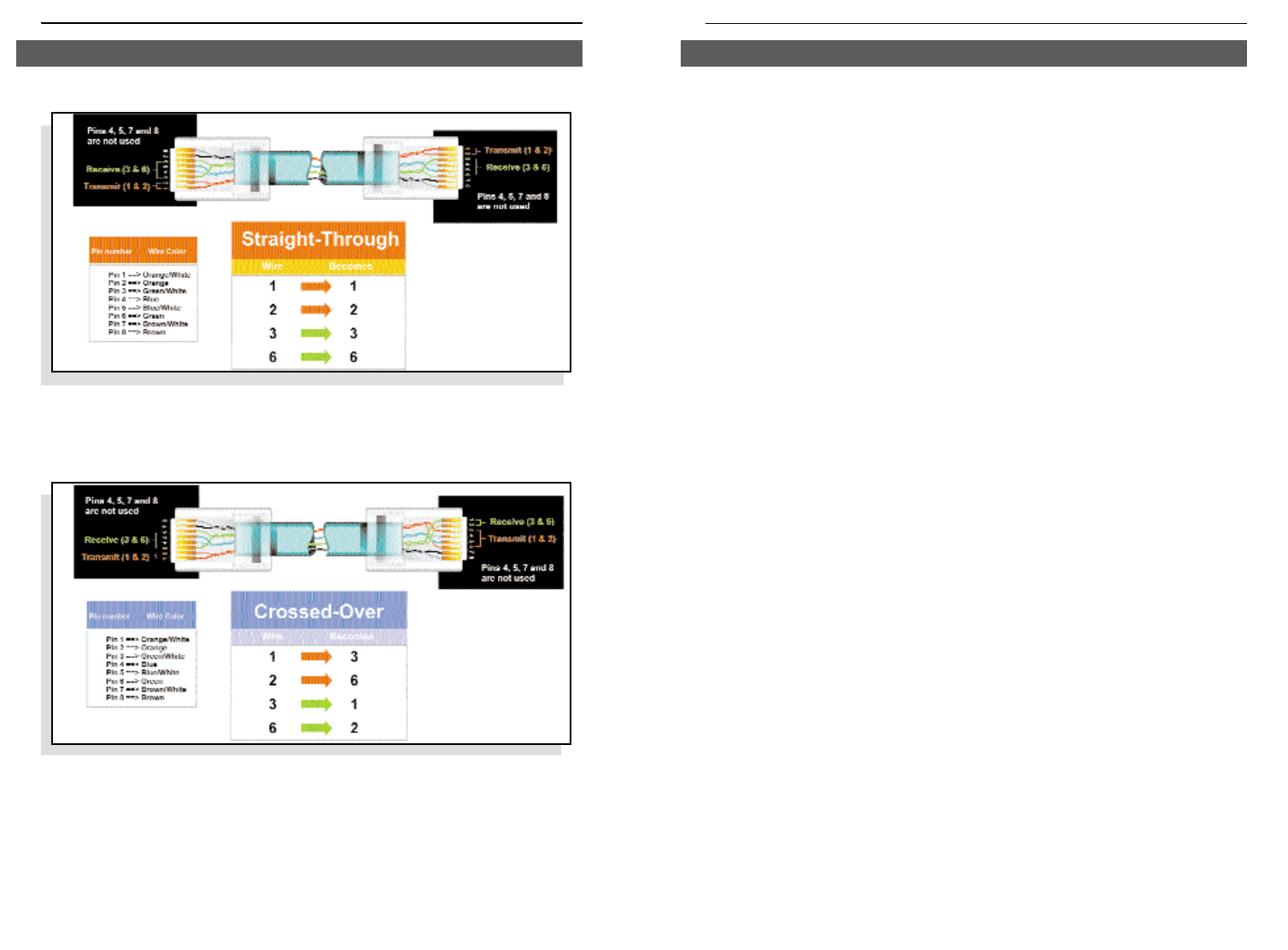
113
Layer 2 Management 4-Port Gigabit Ethernet Switch
ProConnect II
®
Series
112
10BaseT - An Ethernet standard that uses twisted wire pairs.
100BaseTX - IEEE physical layer specification for 100 Mbps over two pairs
of Category 5 UTP or STP wire.
1000BASE-T - provides half-duplex (CSMA/CD) and full-duplex 1000Mb/s
Ethernet service over Category 5 links as defined by ANSI/TIA/EIA-568-A.
Topology rules for 1000BASE-T are the same as those used for 100BASE-T.
Category 5 link lengths are limited to 100 meters by the ANSI/TIA/EIA-568-
A cabling standard. Only one CSMA/CD repeater will be allowed in a colli-
sion domain.
802.1x - Based on the Extensible Authentication Protocol (EAP), the 802.1x
standard is one of the IEEE standards for network authentication and key
management. It establishes a framework that supports multiple authentication
methods. This standard can be incorporated into any type of network to
enhance its security.
For example, a wireless user may use one of the authentication methods to
access a wireless network protected by an authentication server. The user, also
called the supplicant, sends a request to an access point or wireless router,
also called the authenticator. The authenticator sends an identification request
back to the user. After the user sends the authenticator the identification mes-
sage, the authenticator forwards the user's identification message to the
authentication server. If the server accepts the identification message, then
the user is permitted access to the wireless network. The 802.1x standard can
also support encryption key management to strengthen wireless network
encryption services.
Adapter - Printed circuit board that plugs into a PC to add to capabilities or
connectivity to a PC. In a networked environment, a network interface card
(NIC) is the typical adapter that allows the PC or server to connect to the
intranet and/or Internet.
Architecture - The total design and implementation of the network. It
includes the network's topology, transmission technologies and communica-
tions protocols, management and security systems, and any other attributes
that give a network a particular set of capabilities and functionalities.
ARP (Address Resolution Protocol) - A TCP/IP protocol used to figure out a
host's Ethernet address (MAC address/node ID) from its Internet address.
Crimping Your Own Network Cables Glossary



